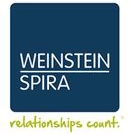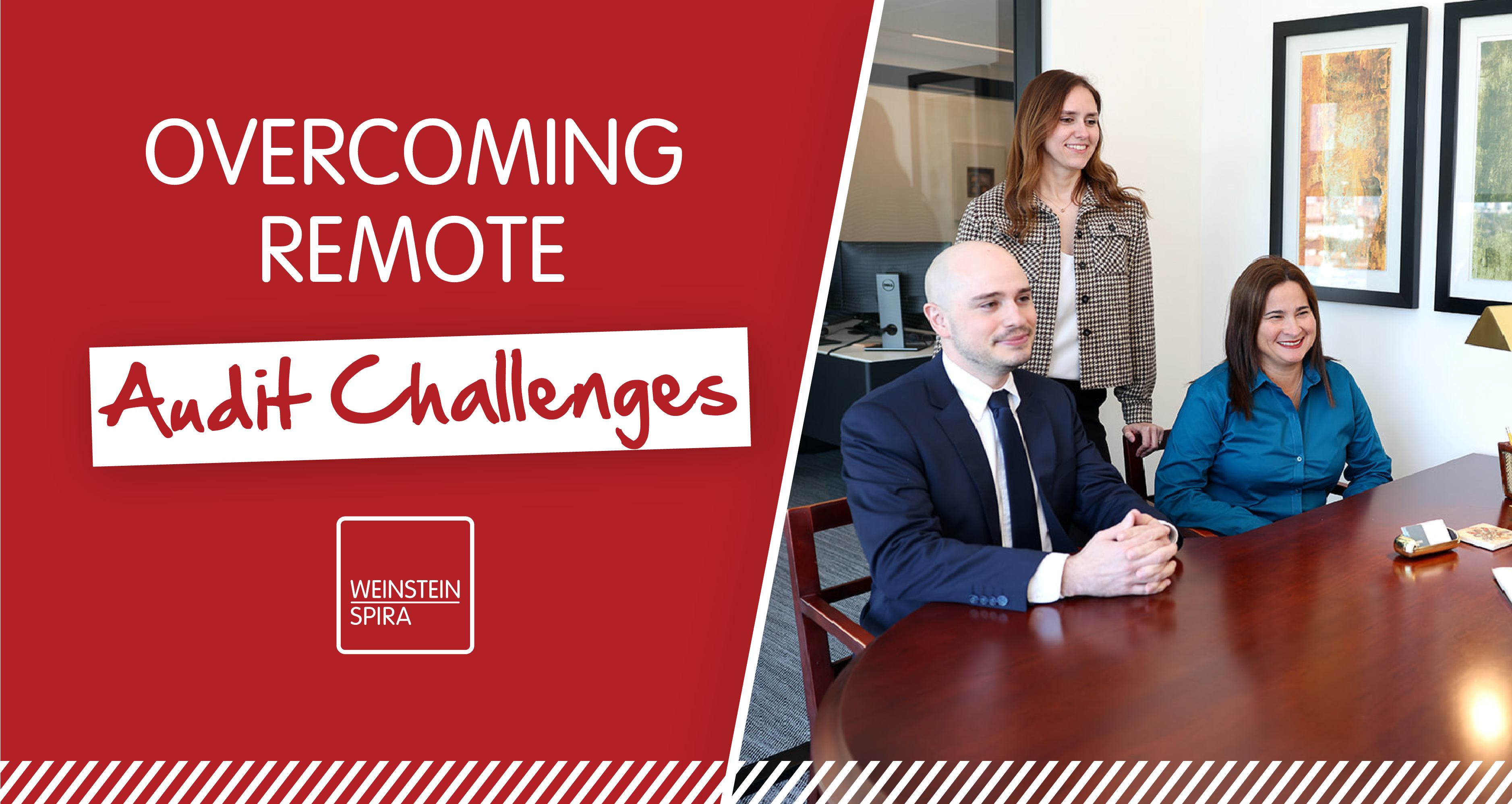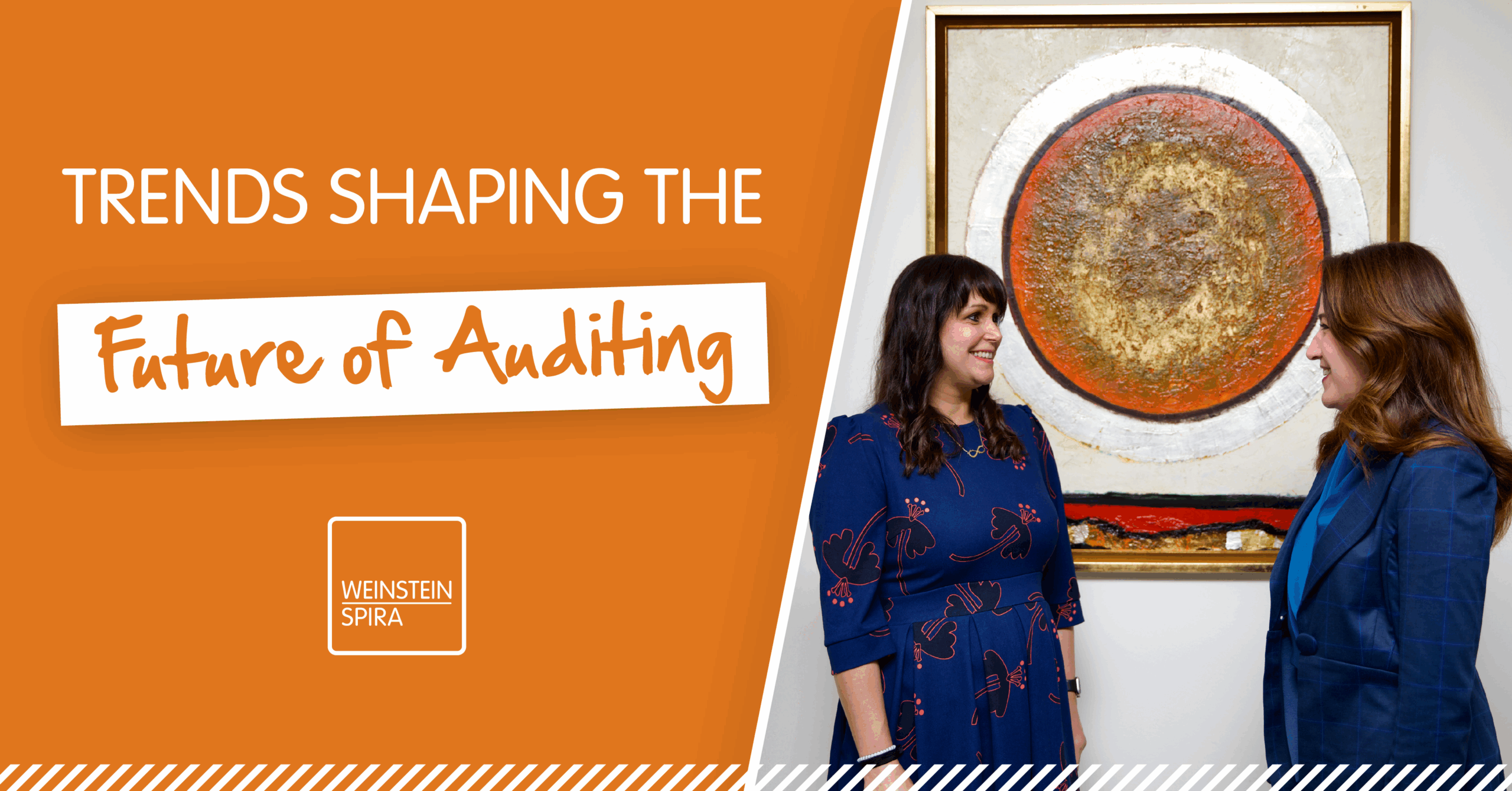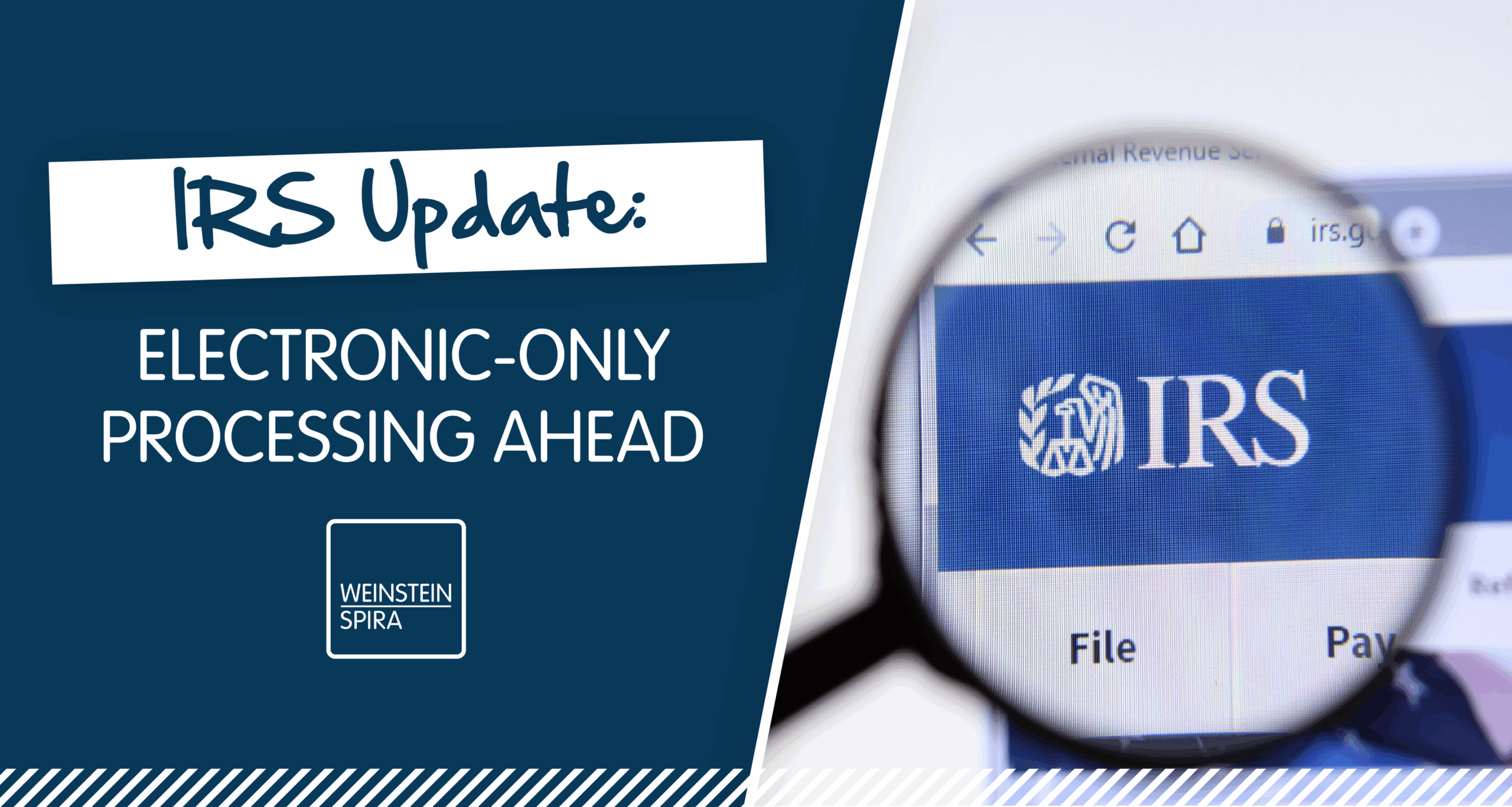The continuous advances in technology have shifted many careers into remote work, a trend accelerated by the COVID-19 pandemic. Working remotely has led to challenges that can impact the effectiveness and efficiency of the audit process. Understanding these challenges, developing strategies and implementing good practices is fundamental to maintaining quality and integrity for the audit. In this blog, I will discuss remote auditing challenges, strategies and best practices for a successful audit.
Audit Challenges in a Remote Environment
One major challenge auditors face in a remote work environment is difficulty communicating. The lack of face-to-face interaction can lead to a decrease in team collaboration, complicated communication with clients and perhaps even misunderstandings. Sometimes, critical information can be overlooked due to the lack of direct dialogue.
Another challenge is access to information. Auditors rely heavily on documentation, and accessing sensitive information, like financial records, can be difficult if clients’ records are not easily accessible via technology or they are manual.
Despite technological advancement, it is common to encounter technology limitations. Sometimes auditors or clients do not have access to reliable internet connections or face issues arising from inadequate technology, which can hinder their ability to perform tasks.
Strategies for Overcoming Remote Audit Challenges
Auditing requires collaboration and great communication. Enhancing communication tools has always been a priority at our firm. Video conferencing and communication tools like Zoom and Microsoft Teams have proven to be effective during engagements.
Having the tools helps, but it is also necessary to establish clear protocols and guidelines for using them. Policies for the use of technology ensure smooth operations and accountability. It is also crucial to follow established technology protocols for data security. Clear guidelines and protocols reduce confusion, help maintain productivity and foster a structured environment that supports collaboration in remote teams.
Other strategies that we have implemented to overcome challenges include establishing core hours, where everyone on the team is working at the same time, meeting frequently with colleagues to share progress, asking questions, and having set schedules and task management procedures.
Lastly, utilizing a document management system is another tool to improve remote audits. There are multiple cloud-based document sharing systems such as Google Drive, Dropbox, OneDrive and portals, which allow real-time access to audit materials. Integrating these tools ensures that communication is clear and that the entire team can access information easily.
Best Practices for Remote Auditors
In addition to the strategies mentioned above, our firm believes that best practices for teams leads to more efficient and effective operations. Some ideas include having regular check-ins, fostering an environment where team members feel comfortable discussing challenges and seeking help, prioritizing cybersecurity measures and maintaining appropriate documentation.
In conclusion, auditing in a remote environment is here to stay. By understanding the challenges, creating strategies and adapting to best practices, teams can enhance communication, ensure data security and improve overall collaboration. Embracing changes and adapting to new technology ensures efficient and successful audits in a remote environment.



